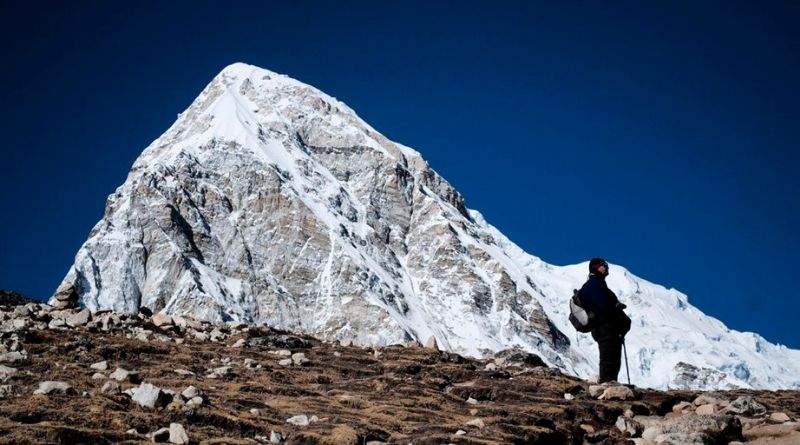
The Final Frontier

I have dreamed about Everest for about as long as I can remember. Read all the books, devoured all the triumphs and the disasters, stared for hours at photographs of that mountain of mountains. Peak XV had been officially named for Sir George Everest, Surveyor-General of India 1830-43, by his successor. Though I personally prefer the Tibetan name Chomolungma that means Mother Goddess of the Earth, or even the Nepali Sagarmatha which translates roughly to the same thing. Call it what you may, it is still the highest mountain on earth and holds a special fascination for all mankind—or at least the mankind that matters to me!
The journey of a thousand miles begins with a single step. And that step was to find the man who could make my dream come true. Sujoy Das of South Col Expeditions fit the bill perfectly—he loves the mountains with a passion and is always in search of people to share his passion with. Next came the Band of Brothers who would make the trip to the distant citadel of Kala Patthar (the best viewing point for Everest). I reached out to my circle of friends and a few jumped at the opportunity. Other fencesitters had to be persuaded, cajoled and pushed but finally we had the magic number of eight.
Sujoy had also planned the trip for late November, towards the end of the trekking season, arguing that the clear weather and relatively less trekking traffic in the Khumbu would make up for the colder temperatures. The first argument proved to be correct; we were met with the most pristinely beautiful panoramas imaginable. The second argument proved wrong—the iconic Everest Base Camp (EBC) trip has become so popular with trekkers that we were never alone and often had to step aside on the trail for others. And though during the day we were spared the blasts of icy cold Himalayan wind, at night the freezing sub-zero temperatures had us burrowing deep into our down sleeping bags.



THE JOURNEY BEGINS: As our merry band of adventurers wings its way to Lukla, starting point of the EBC trip, we are full of nervous excitement—these flights can be the most dangerous part of the whole trip! But the weather god is smiling; the whole breathtaking Himalayan range comes into view to the north and very soon the plane banks and makes a perfect landing on the uniquely angled airstrip at Lukla. Barely stopping to fortify ourselves with cappuccino and Danish from the ubiquitous German bakery, we are finally on our feet and on our way, following the pretty valley of the Dudh Kosi towards our hidden destination of Kala Patthar, still 60 km away and a daunting 9,000 ft higher up. Over the next two days, the trail winds itself gently along the river passing through idyllic hamlets and countless prayer flags, giving little indication of the rigours to come. Ever so often, an icy Himalayan sentinel reveals itself through the thick forests of fir and pine, soaring up into the sky—first Kusum Kanggru, then Thamserku, then Kangtega. Each time I am awed into silence by this shifting panorama—this alone is worth the price of admission.
THE FIRST TEST: On day two, right after crossing the Dudh Kosi at its confluence with the Bhote Kosi over a high, swinging suspension bridge, we encounter our first real test. The trail ascends abruptly up the side of the mountain in a series of switchbacks that has us struggling and panting for breath. Three hours and 2,000 ft later we round a final corner and there it is, Namche Bazaar, Sherpa capital of the Khumbu, nestled in the midst of a natural cirque. It is a picturesque little Lego land town with small, neat houses with red, green and blue roofs dominated by stunning views of Thamserku and Kongde Ri. In the evening we clamber up for our first real view of Everest—it peeks out over the top of the Nuptse ridge like a shy bride with the imposing South face of Lhotse stretching to the east. As we watch transfixed, the last rays of the setting sun light up this ethereal tableau in fiery hues of pink and gold—there are no words to describe such beauty. Though I have many close friends on this trip, my BFF with whom I am sharing a room is Praveen Gupta. We make a great team as our personalities complement each other perfectly—but this harmony does not extend to the nighttime as I am kept awake by his version of Tchaikovsky’s 1812 Overture as played in his sleep! Fortunately I have another companion— Jamling Norgay’s wonderful Touching My Father’s Soul written about his ascent of Everest 43 years after his famous father Tenzing. I am deeply moved by the lyrical beauty of the book and the way Jamling tells his story, of how he finally achieved his goal of coming closer to his father by climbing to the top of Everest. Perhaps the story had a particular resonance because I too lost my father at an early age before I knew or understood him fully.


AWESTRUCK BY AMA DABLAM: After a day’s halt at Namche to acclimatise, we push on towards Kala Patthar passing through the Sherpa villages of Khumjung and Khunde which boast of the highest number of Everest summiteers per capita in the world. Sir Edmund Hillary is revered almost as a God here and his presence is felt everywhere from the famous school that bears his name to the hospital that is supported by the Himalayan Trust. Khumjung is also home to the gompa that houses the scalp of the mythical yeti—to me it looks like the dried half of a coconut but I keep the sacrilegious thought firmly to myself. The next day as we ascend a small spur, the beautiful peak of Ama Dablam reveals itself to us in its full glory. Named for the remarkable hanging glacier below its summit (literal translation ‘mother’s amulet box’) it is a breathtaking sight suspended in the sky like a giant phoenix spreading its sparkling wings. If the imposing and grand bulk of Everest was climbed by Hillary and Tenzing in time for the coronation of Queen Elizabeth in May 1953, then surely the graceful and slender spires of Ama Dablam would be a fitting tribute to Princess Diana—is the thought that crosses my mind.
HALFWAY HOME: Another plunging descent to the confluence of the Dudh Kosi and its tributary, the Imja Khola, another draining climb up the other side and finally we are at our halfway point of Thyangboche, home to the largest Tibetan monastery in the Khumbu. I struggle gratefully through the gilded Buddhist kaani (entry gate) spinning the colourfully painted prayer wheels as I pass through to collapse in an exhausted stupor in my spartan room at the Hotel Himalayan. One thing I notice is that we climb higher and the views become more spectacular, the rooms are getting smaller, the food and facilities more basic and the nights are colder. In the words of mountaineer Arnold Lunn, “the mountains speak in wholly different accents to those who have paid in the service of toil for the right of entry to their inner shrines”.
3 Best views
Thyanboche Monastery (3,860m) Perched on a saddle above the Imja Khola valley, this monastery where Everest climbers come to be blessed, offers views on all sides—from Lhotse-Nuptse wall to the north to Kwangde to the south.
Chukung (4,730m) Usually accessed on an acclimatisation day walk from Dingboche, the views of the Lhotse south wall is staggering. To the east is Ama Dablam and Island Peak, Peak 38 and Baruntse complete the panorama. A walk up to Chukung Ri will reveal Makalu as well.
Kala Patthar (5,546m) The holy grail of all trekkers and photographers to the Khumbu, this viewpoint above Everest Base Camp and the Khumbu Glacier offers a mind boggling 180 degree view of the Himalayan giants: Everest, Lhotse, Nuptse, Pumori, Lingtren, Khumbutse, Ama Dablam, Kangtega, Thamserku and other peaks named and unnamed.



REACHING DINGBOCHE: The next day we push for the remote mountain settlement of Dingboche, following the sparkling waters of the Imja Khola all the way. Climbing out of the rhododendron forests, we wendour way across pastureland criss-crossed by yak trails and finally onto the rocky glacial terrain below the peaks towering above. Sujoy orders another acclimatisation break and some of us slog it up the valley to Chhukhung for spectacular views of Island Peak, the awesome South face of Lhotse and Baruntse whose shining, fluted expanse reminds me of the bleached skeleton of a prehistoric monster. The first break in the weather comes as we descend and I am reminded of how quickly things change in the mountains as scudding grey clouds race up the valley, and within seconds, visibility is down to a few feet while the wind whips venomously at my jacket.
At the head of the Khumbu glacier before it drains into the Lobuche Khola is a sombre memorial to those who have made the ultimate sacrifice. We wander in silence from chorten to chorten reading the names and inscriptions. I recognise Scott Fischer and Anatoly Boukreev from the ill-fated 1996 Everest expedition. So many names, so many mountains, so many dead. The beautiful conical peak of Pumori (literal translation ‘unmarried daughter’) comes into view in the distance while the Everest memorial itself is watched over by a trio of icy sentinels—Tabuche, Cholatse and Lobuche. Scattered all over the horizon, these peaks remind me of outsize pieces placed according to some unknown plan by God on his personal chessboard. And the chortens signify all the pawns that have been taken in this ultimate great game.
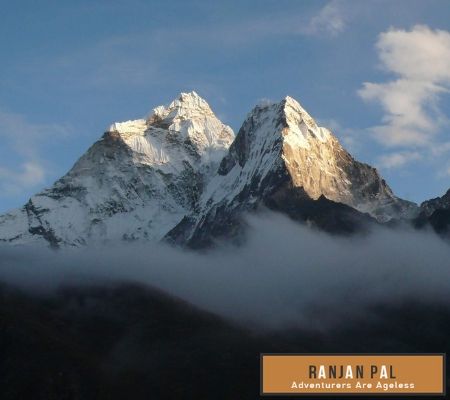


SUMMIT DAY: Summit Day at our last stop of Lobuche dawns bright and early. I have spent a fitful night, tossing and turning in the Peak XV Lodge, feeling as nervous as a kitten. So much is riding on this personally for me, plus I am carrying my Mayo school flag and a rosary from a close friend who lost his son to cancer. What if something happens? What if I don’t make it? I push these uneasy thoughts to the back of my mind and set determinedly off up the glacier to Gorak Shep where we will have lunch before our final assault on Kala Patthar. The moraine winds on endlessly, the rocks crunching beneath my feet, the minutes and hours crawling by. While I am not panting or out of breath, I find my pace slowed down considerably and I am taking deeper breaths to fill my lungs with the same amount of oxygen. Finally Gorak Shep appears as we crest with a small rise and the brown hill of Kala Patthar appears looming in the background but still dwarfed by the icy mass of Pumori. We quickly gulp down our lunch and then set off for our final destination in single file. The hill is a formidable oneand there is absolutely no respite. It is only 1,500 ft more to the top but it may as well be 15,000—I cannot maintain my walking rhythm of 100 steps at a time and am down to 30. I look up to the right and Everest is beginning to make its presence known over the arête of Nuptse. I am at the limit of my physical capacity and I implore Miyolangsangma, the goddess who is said to inhabit the top of Chomolungma, to allow me to complete this spiritual journey.
A few more gasping breaths and the fluttering prayer flags are within sight. It has taken three hours to reach the top but I have done it. And now I am witness to the most sublime of sights—the final glow of the setting sun on the Southwest face of Everest while the full moon appears in the sky behind her West shoulder. Emotion catches me by surprise and I start weeping uncontrollably. I had not realised until now just how much of a spiritual pilgrimage this had become for me and how much it meant to stand here in this magical place on earth. I feel elated, privileged, tired but happy and most of all so very grateful to have completed this unforgettable journey.
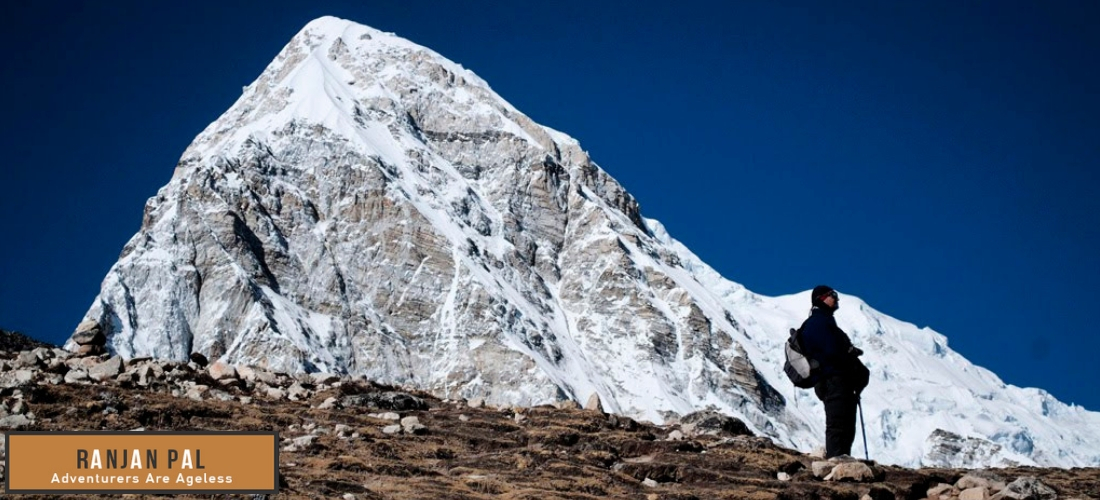
“But I shall go down from this airy space,
this swift white peace, this stinging exultation;
And time will close about me, and my soul
stir to the rhythm of the daily round.
Yet, having known, life will not press so close
And always I shall feel time ravel thin about me
For once I stood
In the white windy presence of eternity.”
—Eunice Tietjens
FOR YOUR TRIP
GETTING THERE: There are daily flights from Kathmandu to the mountain airstrip of Lukla—Tara Air; www.yetiairlines.com; US$ 280 for foreign nationals and Indian 210, 200 for SAARC citizens.
TIME: The trek Kala Patthar and Everest Base Camp trek would be a minimum of 15 days though a day or two extra would help acclimatisation.
COST: The cost of the trek using a mid level trekking agency would be around US$ 800-900 plus the Kathmandu-Lukla airfare plus the cost of food at the tea houses estimated at around US$ 25 per day. A fifteen day trek at current prices would be around US$ 1,450 for Indians and US$ 1,550 for foreigners.
PERMITS: TIMS permit card (www.timsnepal.com) will cost US$20 for individual trekkers and US$10 if you are part of a group of foreigners (US$ 5 and US$3 respectively for SAARC citizens). The best place to get a TIMS card is from the Tourist Service Centre (01-4256909 ext 244; www.welcomenepal.com; Brikuti Mandap, Kathmandu; 10am-1pm & 2-4pm Sun-Fri). Carry a photocopy of your passport and two passport photos.
You also need a Sagarmatha National Park permit NPRS 3,000 for foreigners and NPRS 1,500 for SAARC available from the National Park office (01-4224406) at the Tourist Service Centre mentioned above. The Sagarmatha Permit is also available at the Park Gate in Jorsale.
LEVEL OF FITNESS REQUIRED: You should be fit enough to walk on mountain trails for five to six hours a day both uphill and downhill. Preliminary exercise such an inclined walking on a treadmill, swimming, jogging is recommended.
WHEN TO GO: April to mid May and again from mid October to the first week of December.
**This article has originally appeared in April 2013 edition of “India Today Travel Plus” magazine. Check the PDF version here.
![]()

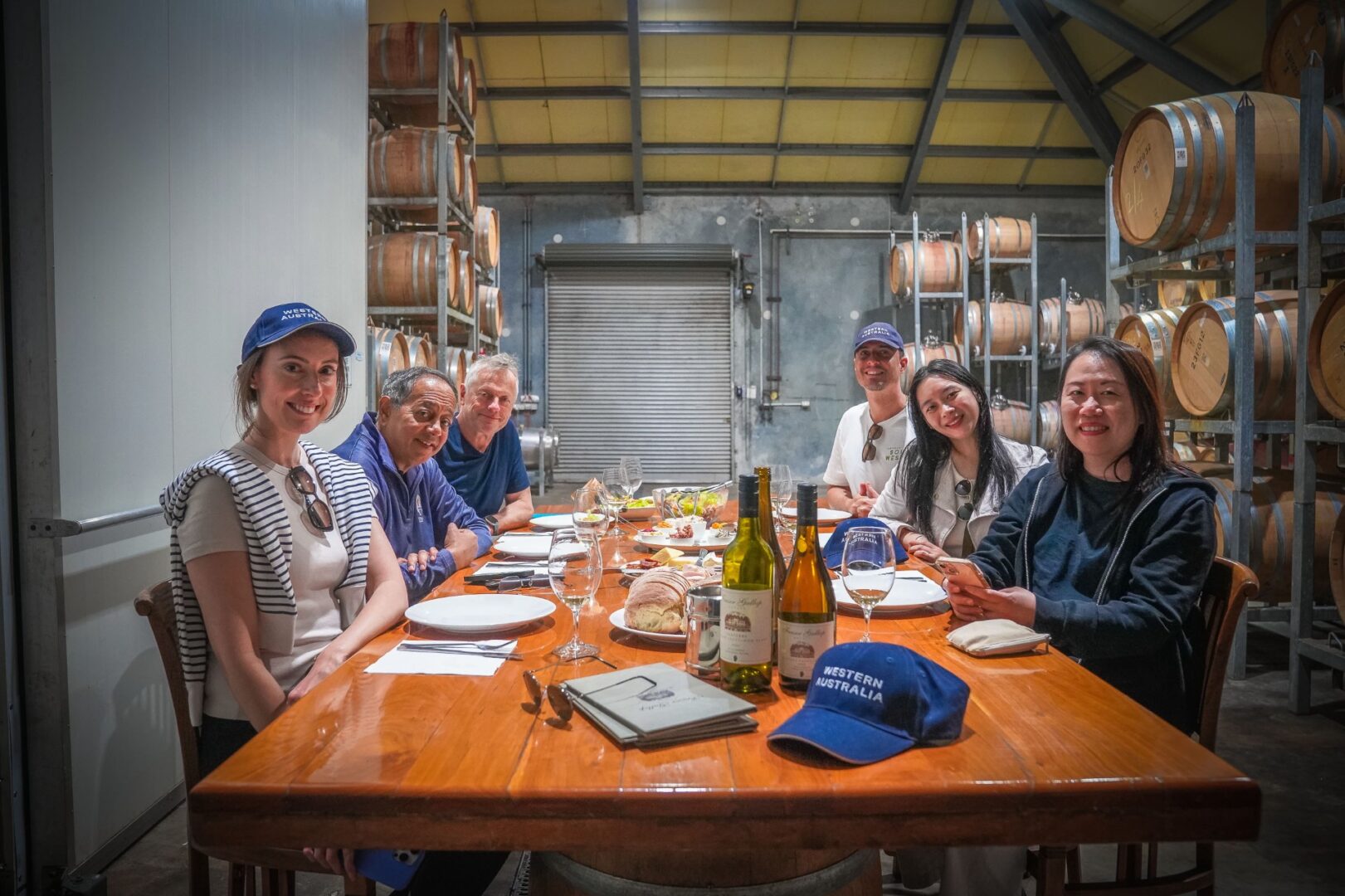
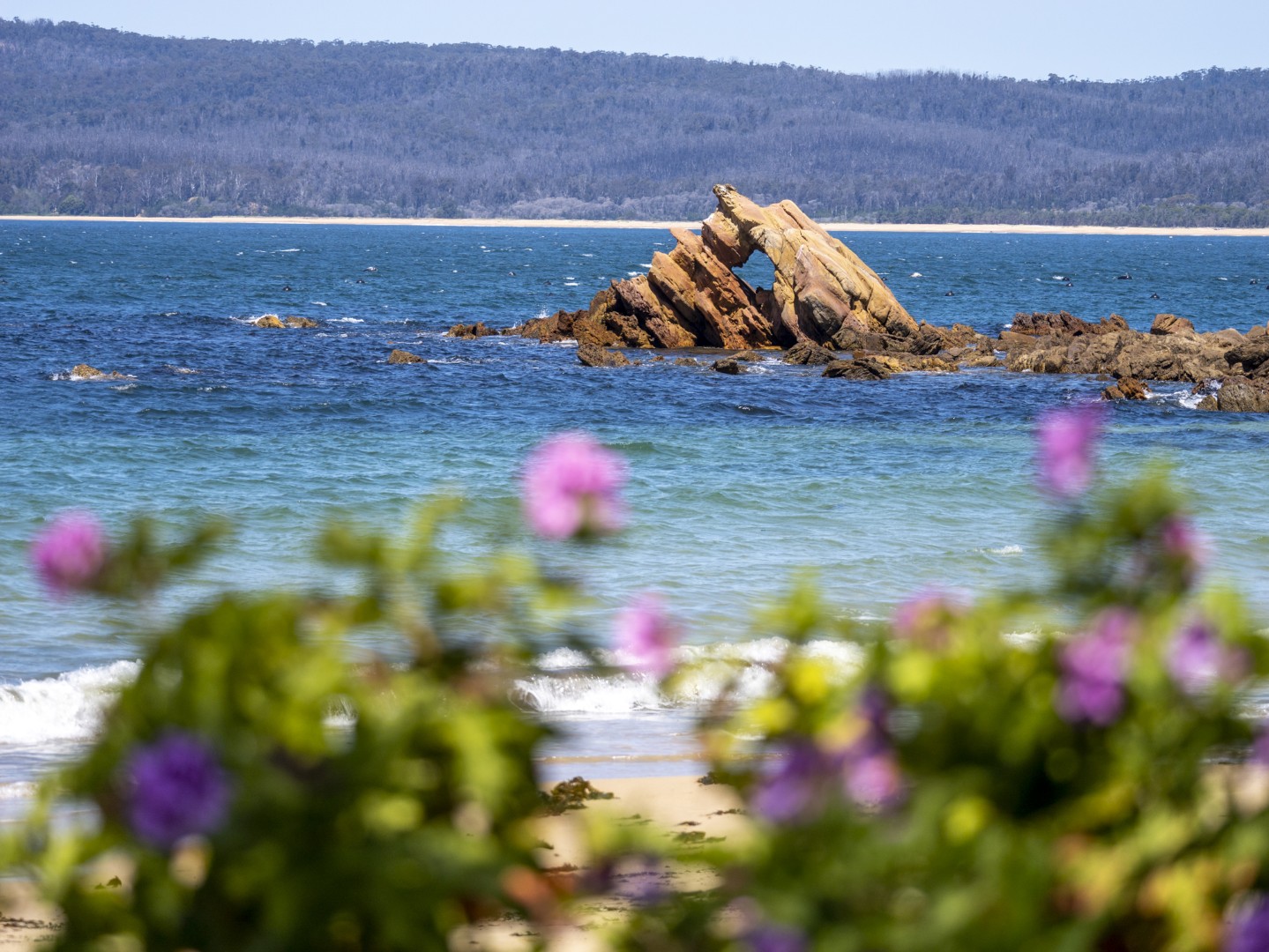
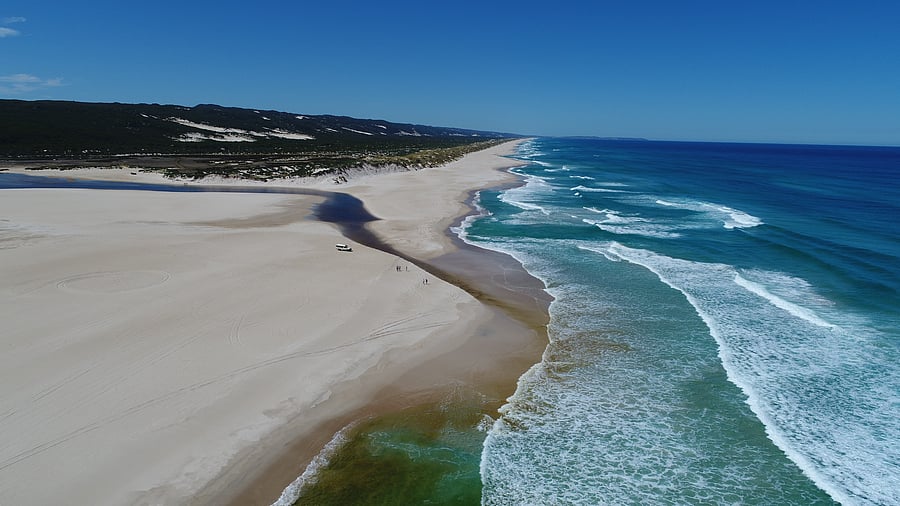
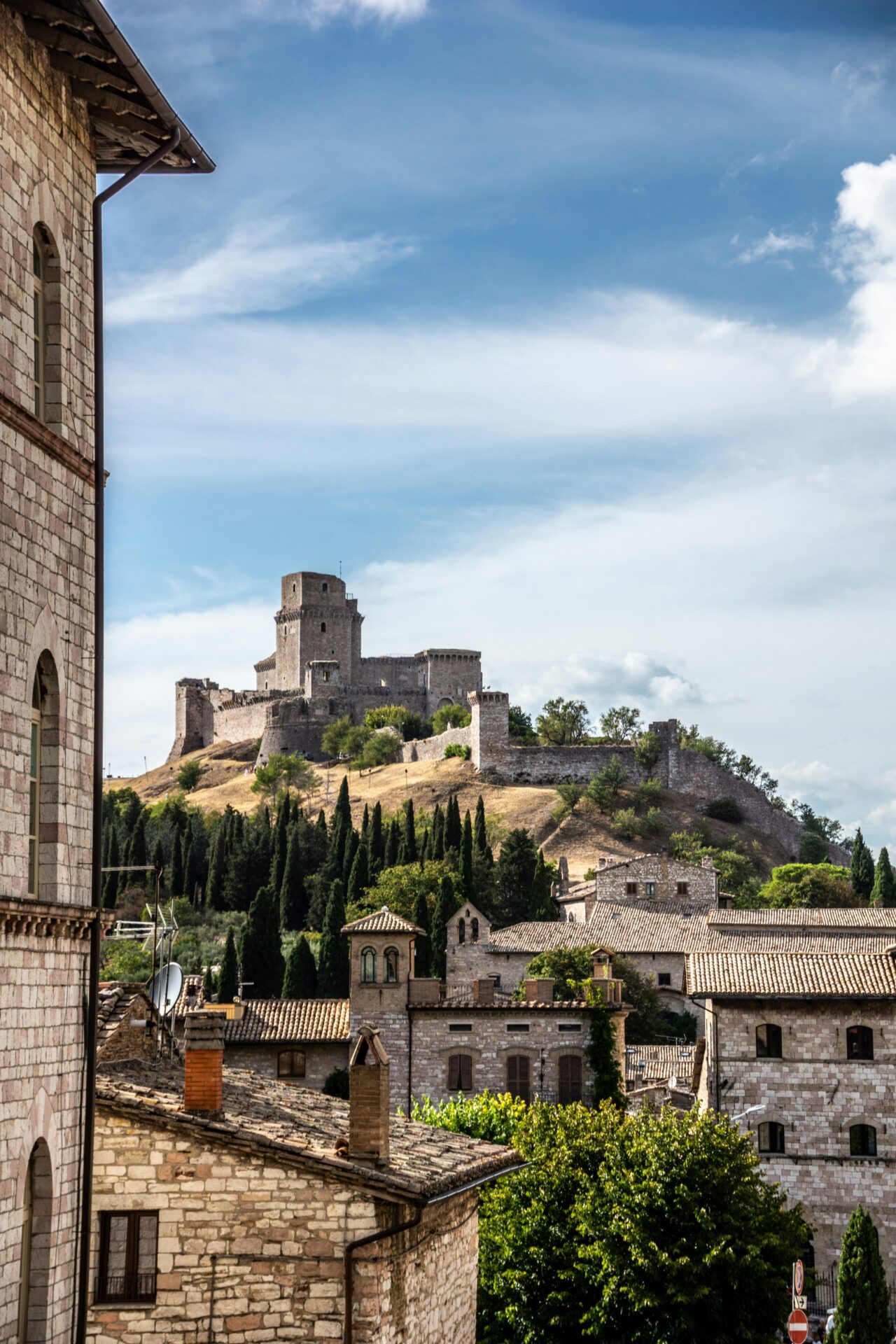

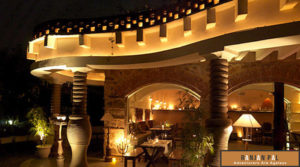
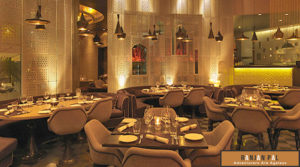
I think this is among the most vital information for me.
And i am glad reading your article. But want to remark on few general things, The website style is perfect, the articles is really nice. 😀
Good job, Cheers!
Glad you liked it, Edwin. Cheers! 😀
I just couldn’t depart your web site before suggesting that I extremely enjoyed the usual information an individual provide to your visitors? Is going to be again frequently in order to inspect new posts.
Haha, Thank you for the appreciation. I post new blog after every 2-3 week. Subscribe to my newsletters and it will keep you informed. 🙂